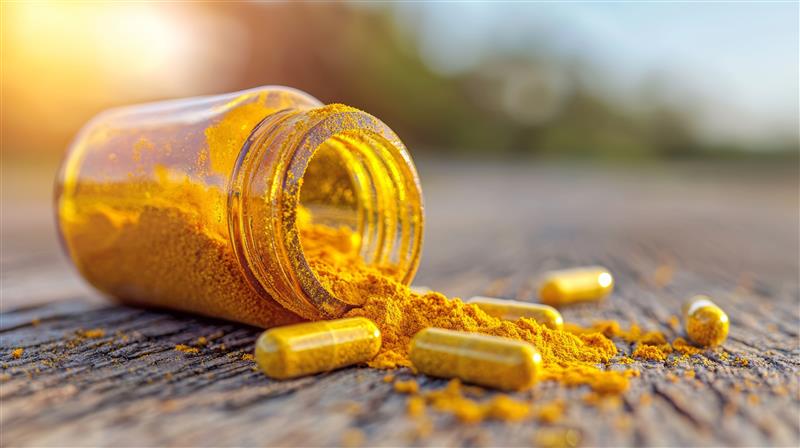
The Dirty Secret of the Supplement Industry
Share
You're Being Lied To
Not with false claims (though there's plenty of that too). Not with fake ingredients (though that happens).
You're being lied to with something far more insidious: underdosing.
And it's completely legal.
The Math That Makes You Lose
Here's how it works:
A clinical study shows that 600mg of Ashwagandha (as KSM-66) reduces stress and cortisol by 27% over 8 weeks.
That study gets published. Health blogs write about it. Consumers hear "Ashwagandha helps with stress."
Then brands create products with 50mg of Ashwagandha.
They put "Contains Ashwagandha" right on the front label. They might even reference stress support.
But you're getting 1/12th of the clinically effective dose.
Will you feel anything? Probably not.
Will the company save money? Absolutely.
Why Brands Do This
Three reasons:
- Cost savings - Clinical doses are expensive. Underdosing keeps margins high while maintaining the claim.
- Kitchen sink syndrome - Brands stuff 15-20 ingredients into one product at tiny doses so they can make multiple claims on the label.
- Consumer ignorance - Most people don't know what a clinical dose looks like, so they can't spot the difference.
The result? You're paying $40-50 for what's essentially a multivitamin with marketing.
The "Proprietary Blend" Loophole
This one's even sneakier.
A label will say something like:
"Stress Support Blend: 500mg Ashwagandha, Rhodiola, L-Theanine, Magnesium"
Looks good, right? 500mg sounds substantial.
But here's the catch: they don't have to tell you how much of each ingredient is in that blend.
That 500mg total could be:
- 450mg of cheap magnesium oxide
- 30mg of Rhodiola
- 15mg of Ashwagandha
- 5mg of L-Theanine
All of them underdosed. None of them effective.
But it's all legal because it's a "proprietary blend."
How to Spot Underdosed Supplements
Look for these red flags:
❌ Proprietary blends - If they won't tell you the exact dose, there's a reason.
❌ Kitchen sink formulas - 15+ ingredients in one product usually means everything is underdosed.
❌ No specific form listed - "Magnesium" could be cheap oxide or premium glycinate. If they don't specify, assume the cheap version.
❌ "Supports" language everywhere - Legal weasel words that mean nothing.
Look for these green flags:
✅ Transparent dosing - Every ingredient listed with exact mg amounts.
✅ Specific forms - "Magnesium Glycinate" or "KSM-66 Ashwagandha" tells you they're using quality ingredients.
✅ Dosing matches research - Google "[ingredient name] clinical dose" and compare.
✅ Focused formulas - 3–5 complementary ingredients at full doses beat 20 underdosed ones.
The Vatellia Standard
This is why we built Vatellia the way we did.
Every single ingredient we use meets these criteria:
- Clinical dose or higher - We start with the research and dose accordingly.
- Premium forms - Magnesium Glycinate, not oxide. KSM-66 Ashwagandha, not generic root powder.
- Transparent labels - You see exactly what you're getting.
- Fewer, better ingredients - We'd rather give you 3 ingredients that work than 20 that don't.
Is this more expensive to manufacture? Yes.
Does it mean our product line is smaller than brands that throw everything at the wall? Also yes.
But here's what matters: Our customers actually feel the difference.
What This Means For You
If you're currently taking supplements and not feeling any different, it's probably not you.
It's probably not the ingredients themselves.
It's the dose.
You deserve products formulated at levels that actually work - not just levels that maximize profit.
Check your labels. Do the math. And if the numbers don't add up, find brands that respect you enough to be transparent.
Your health is worth more than a proprietary blend.




